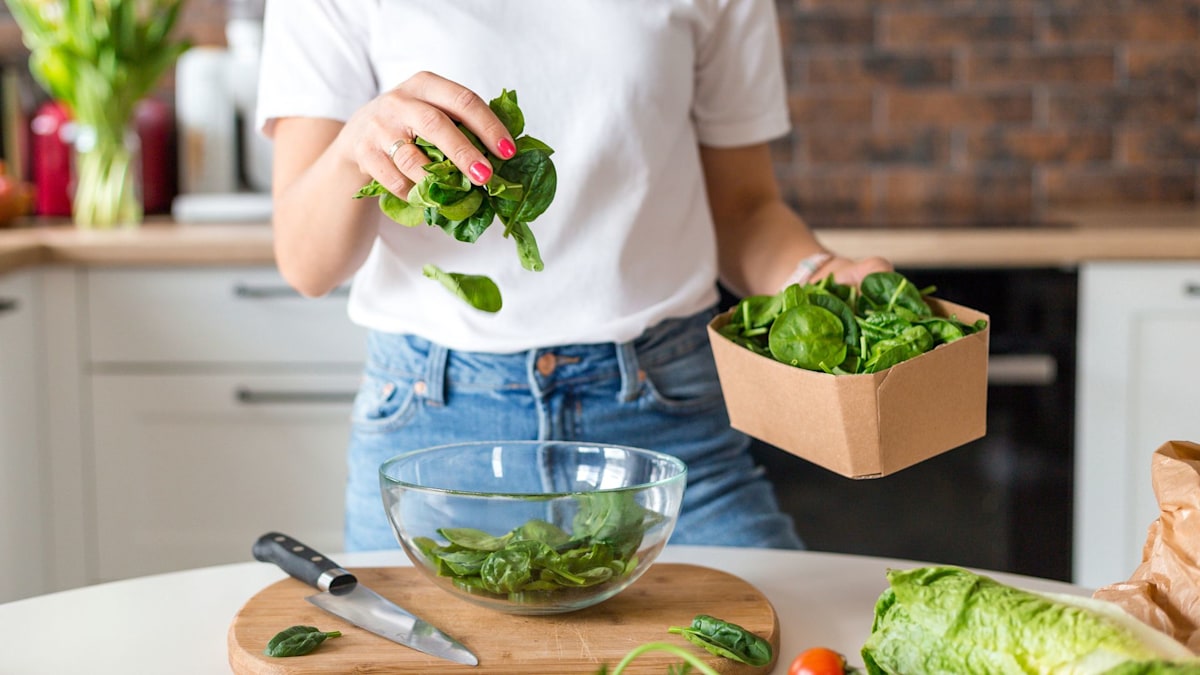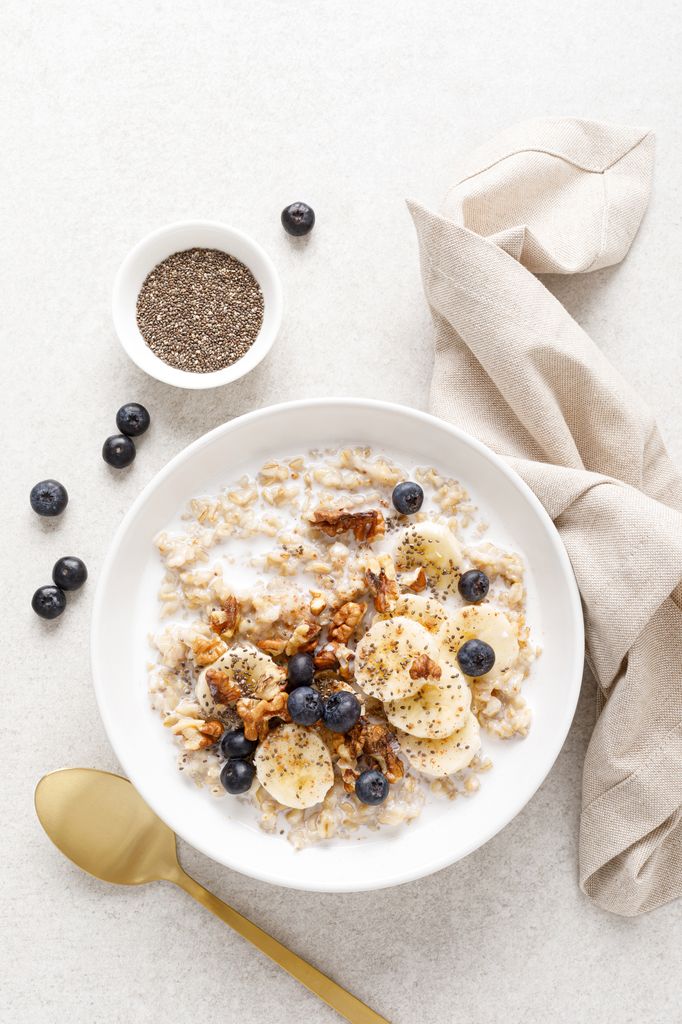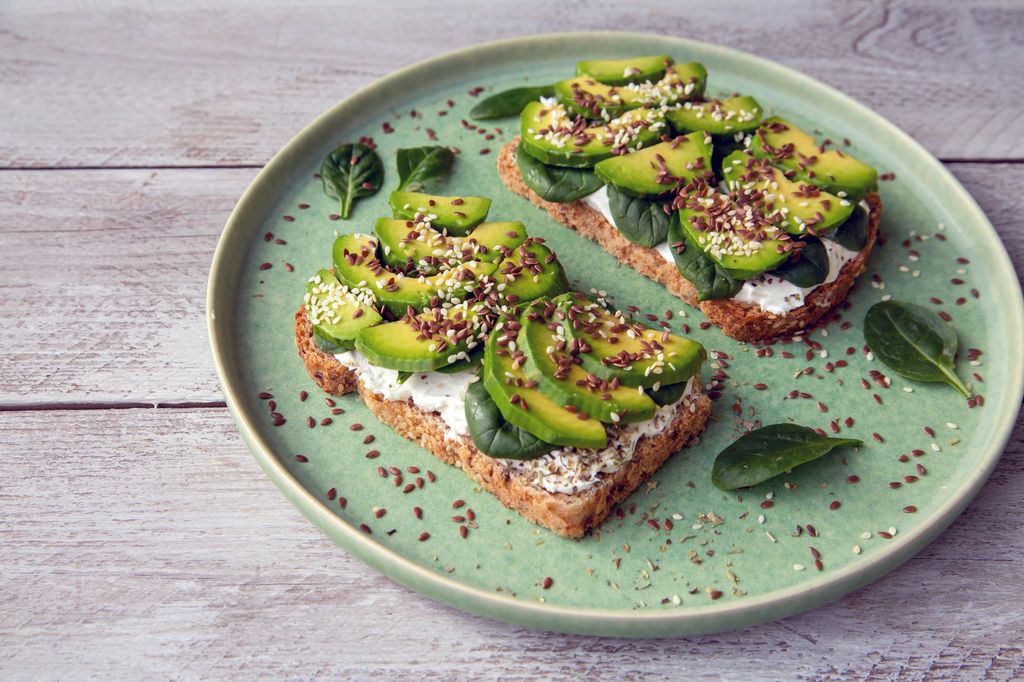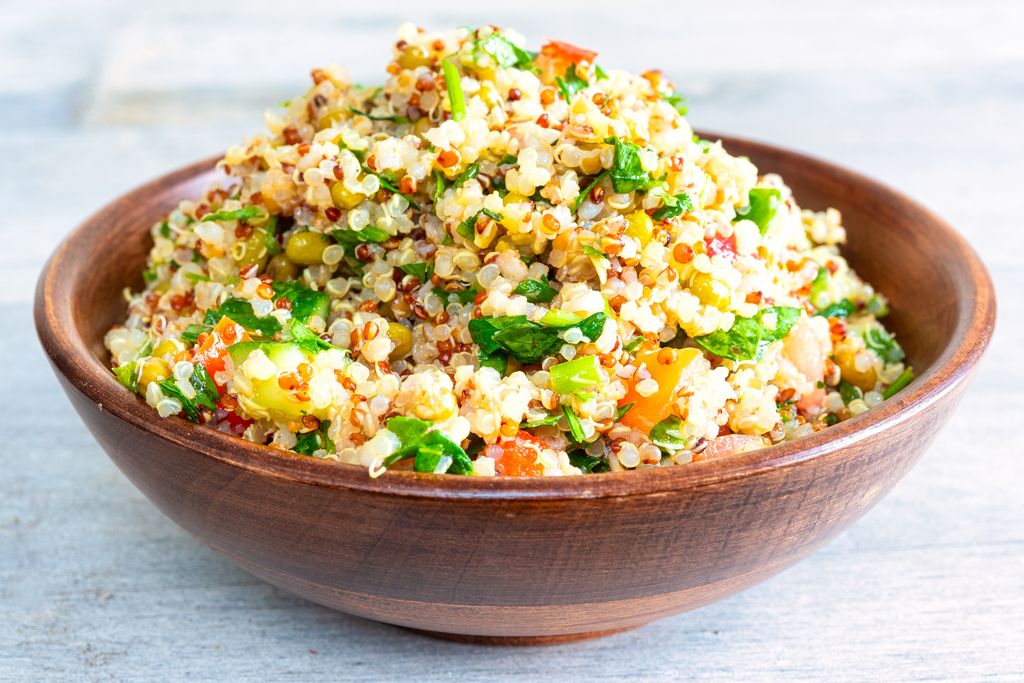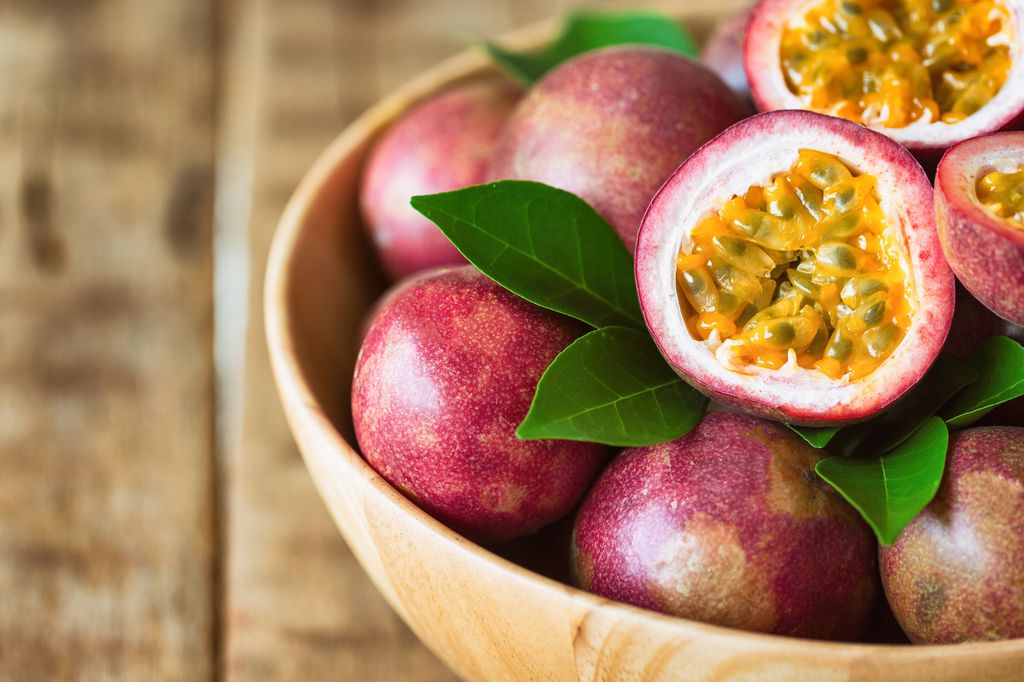Fibre is the unsung hero of a healthy diet. While most people think of it only for ‘keeping things moving,’ its role in gut health, metabolic balance and long-term wellbeing is profound.
Fibre feeds the beneficial bacteria in your gut, helping them produce short-chain fatty acids that reduce inflammation, protect your intestinal lining and support immune function. It slows digestion, stabilises blood sugar, lowers cholesterol and even helps regulate appetite.
Yet despite its importance, most adults consume only around 15–20 grams a day, well short of the recommended 25–30 grams. The good news? Adding more is easy, affordable and delicious. These are my top ten gut-friendly, fibre-rich foods I regularly recommend to clients, with their fibre content and easy ways to enjoy them.
1. Raspberries (and other berries)
One cup of raspberries contains an impressive eight grams of fibre, along with polyphenols, plant compounds that act as antioxidants to protect the gut lining. They also have a low glycaemic load, meaning they won’t spike blood sugar. I keep a bag of frozen berries in my freezer year-round for smoothies, breakfast bowls or even heating gently to make a quick berry compote over porridge.
2. Chia seeds
Two tablespoons provide around 10 grams of soluble fibre. When soaked, chia seeds form a gel that helps soften stools and feed beneficial gut bacteria. They’re also rich in omega-3s and plant protein. Stir into overnight oats, sprinkle over salads or blend into smoothies. I often make a quick chia pudding with almond milk and berries as a mid-morning snack.
3. Green peas
A cup of cooked green peas gives you almost nine grams of fibre plus plant protein, folate and vitamin C. They’re a convenient freezer staple, perfect for tossing into stir-fries, soups, pasta sauces or grain bowls. I also love making a bright pea and mint soup that’s naturally creamy without added dairy.
4. Artichokes
One medium artichoke delivers almost nine grams of fibre, particularly the type that promotes healthy gut bacteria diversity. They’re also high in antioxidants and magnesium. Try steaming them whole and dipping the leaves in olive oil and lemon, or slicing marinated artichokes into salads and frittatas.
5. Avocados
Half an avocado gives roughly nine grams of fibre, plus heart-healthy monounsaturated fats. The combination of fibre and fat helps keep you full for longer and supports nutrient absorption. I mash avocado with lemon and herbs for toast, add to smoothies for creaminess, or serve diced over soups and salads.
6. Quinoa
A cup of cooked quinoa offers about five grams of fibre and is a complete plant protein. It’s naturally gluten-free and quick to cook. Use it as a base for grain bowls, toss through roasted vegetables or swap into your favourite salad recipes for extra texture and nutrition.
7. Buckwheat
Despite its name, buckwheat is not related to wheat and is naturally gluten-free. One cup cooked contains around six grams of fibre. It’s also rich in magnesium, which supports muscle function and blood sugar control. Use buckwheat groats for porridge, in pancakes or in soba noodles for Asian-inspired dishes.
8. Teff
This tiny ancient grain contains about seven grams of fibre per cooked cup, along with iron, calcium and resistant starch, a type of fibre that feeds good gut bacteria. It’s great in porridge with cinnamon and fruit, or baked into bread for a nutty flavour.
9. Lentils and beans
A cup of cooked lentils provides around 15 grams of fibre, while beans average eight grams per cup. They also contain prebiotics that fuel gut bacteria. I batch-cook lentils for salads, soups and curries, and keep tins of beans for quick chilli, veggie burgers or bean-based dips.
10. Passionfruit
One cup offers an extraordinary 25 grams of fibre, making it one of the richest fruit sources. The seeds provide crunch while the pulp adds natural sweetness and tang. I spoon it over Greek yoghurt, add to smoothies, or stir into sparkling water for a refreshing drink.
How to increase fibre without discomfort
If you’re currently eating low fibre, increase gradually to avoid bloating or cramping. Pair with plenty of water so the fibre can move easily through your digestive tract. A mix of soluble fibre (found in oats, chia, beans and fruit) and insoluble fibre (in vegetables, whole grains and seeds) supports both regularity and microbiome health.
By introducing just two or three of these foods daily, say, chia seeds at breakfast, lentils at lunch and quinoa at dinner, you can reach your fibre goals naturally, improve digestion and nourish your gut for long-term health.
Faye James is a Sydney-based accredited nutritionist and author of The 10:10 Diet, The Menopause Diet, The Long Life Plan and her latest book The Perimenopause Plan.
Read the full article here


